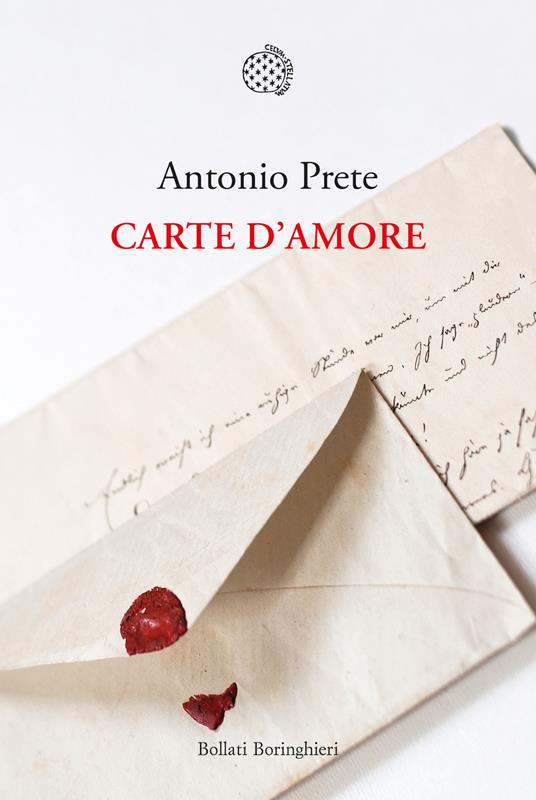How do you say love? In what language and with which images does this desire, both origin and breath of the world, take shape and come to light? Antonio Prete follows the line traced by these questions among the ‘classics’ of poetry, fiction and the arts; he explores a few key concepts pertaining to love in literature: emotional turmoil, secrecy, jealousy, tenderness, seduction, hindrance. The key line of thought in the book centers around a multitude of images of otherness, as well as that emptiness that fuels desire, its relationship with boundlessness and the act of waiting.
In this sublime excursion, we come across different landscapes that are not mere background or frame, but that constitute the rhythm of the representations of affection: such are gardens, the sea, the seasons, a room, the street. To better conjugate this ‘grammar of inner motion’ and accompanied by excurses into the visual arts, Prete composes a refined, crystal-clear intermezzo on Plato’s Symposium, the cradle of Western philosophical thought on love.
In Love papers Prete continues his investigations into the land of emotions – after nostalgia, distance and compassion; in other words, he is questioning that, which Leopardi used to call «la più dolce, più cara, più umana, più potente, più universale delle passioni» (“the sweetest, dearest, most humane, most powerful, most universal of passions”, Zibaldone, 3611).

